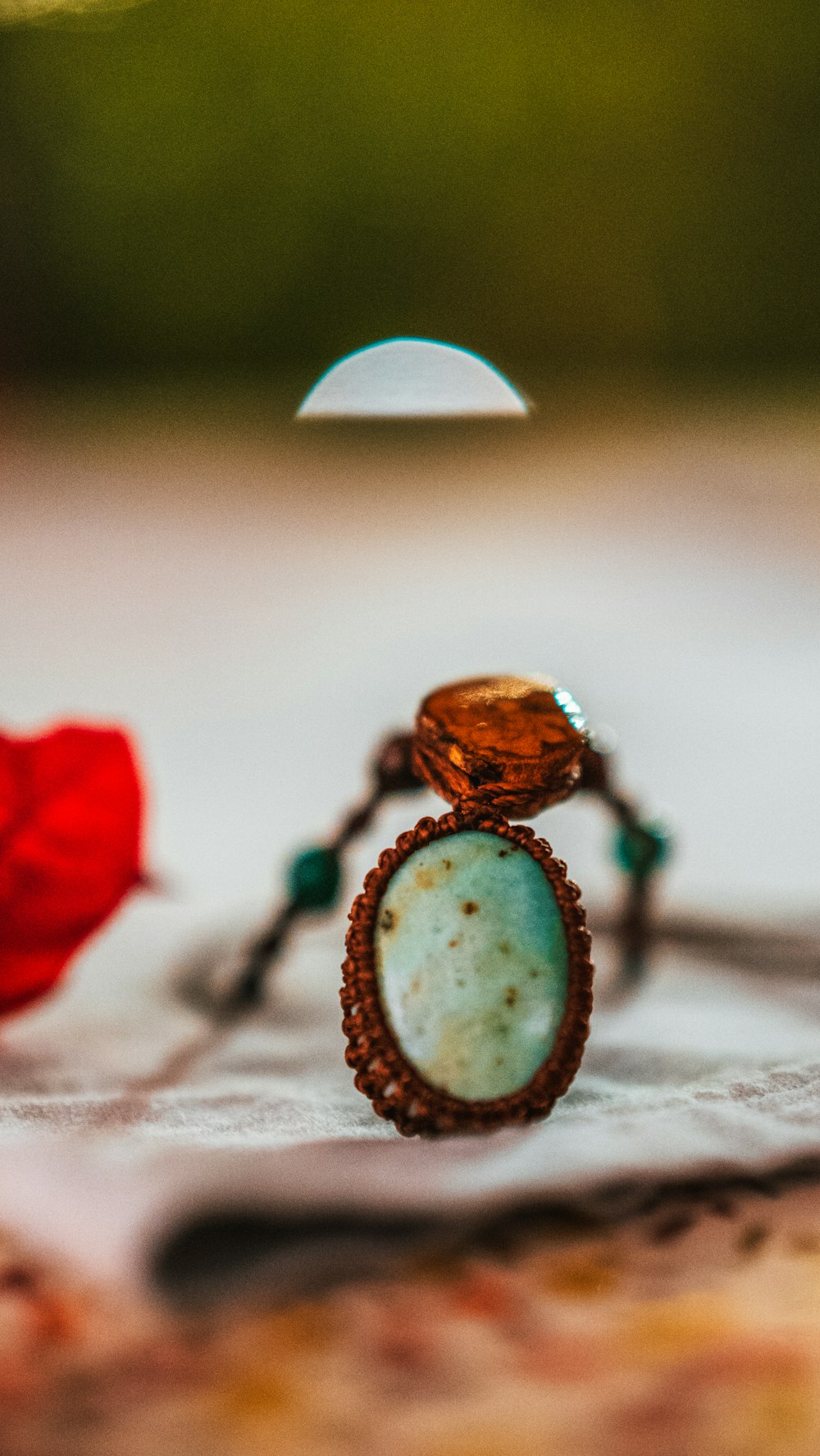Amethyst is a purple quartz found most commonly in Brazil, Canada, and East Africa. The color can range from light violet to deep purple or can be nearly colorless. Amethyst has been prized for jewelry for hundreds of years, and before a huge cache was discovered in South America, it was valued as a precious gemstone. It is now classified as semiprecious.
It is one of the stones most esteemed by healers. The legendary American psychic Edgar Cayce recommended it for control and temperance. Amethyst is believed to aid in the production of hormones and regulate the circulatory, immune, and metabolic systems. Amethyst is treasured for its centering and calming properties and seems to connect directly to the mind, fighting emotional swings and depression. Aquarians and Pisceans can count it as their birthstone, and this might be a very good thing because the Fishes frequently struggles with substance-abuse issues, and amethyst can conquer drinking and other sensory indulgences, such as out-of-control sexuality. Amethyst also helps with metal focus, intuition, meditation, and memory.
In early Renaissance, amethyst was held to have the power to prevent evil, at least evil thoughts, and to offer protection in time of war. The lovely purple gem continues to reign as one of the most popular of all stones. Little wonder, since it is such an aid to our physical and emotional health.



























